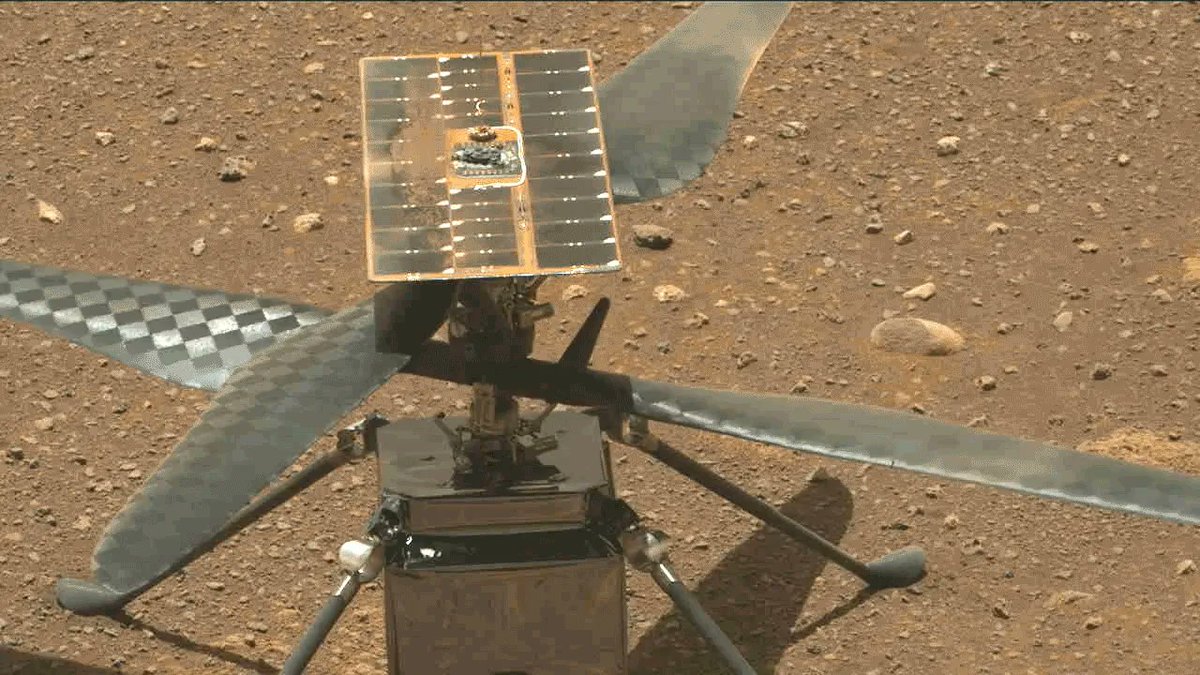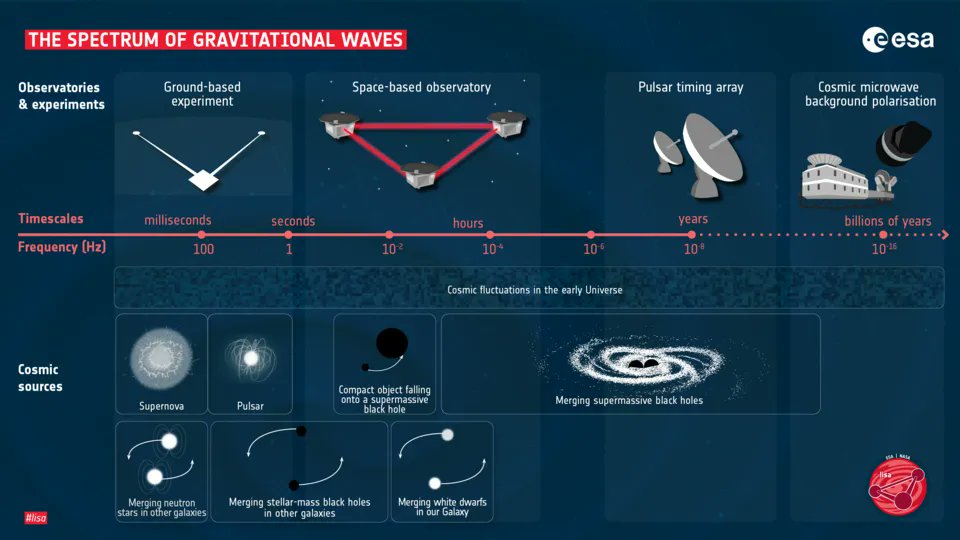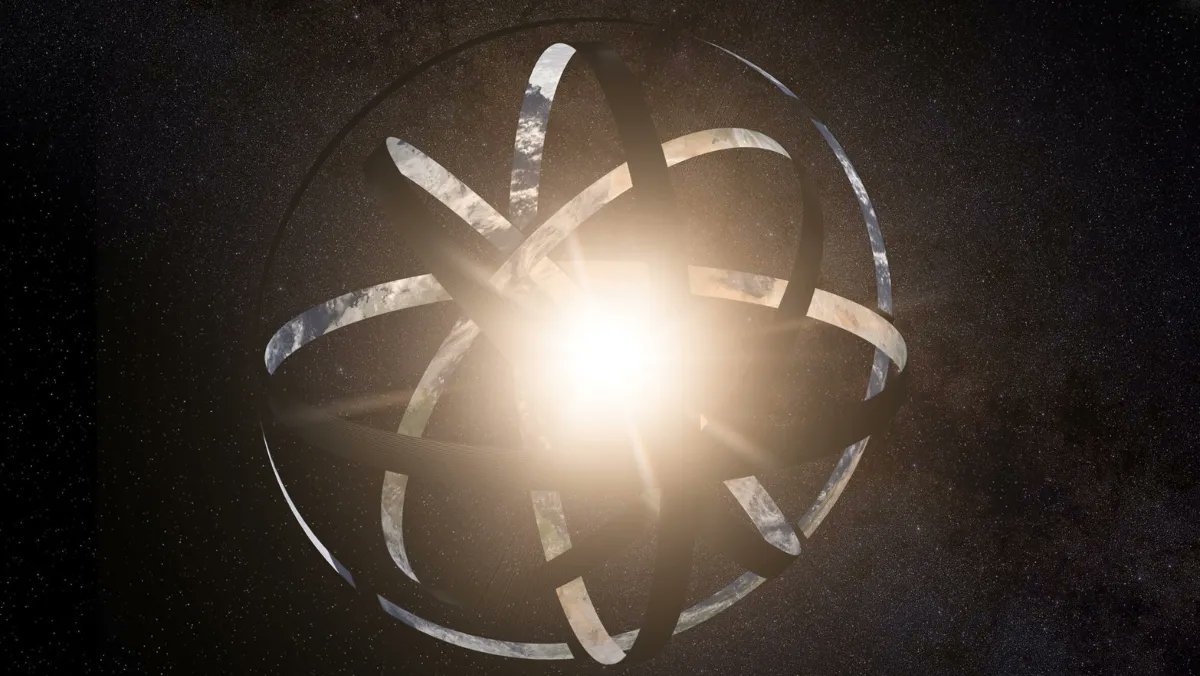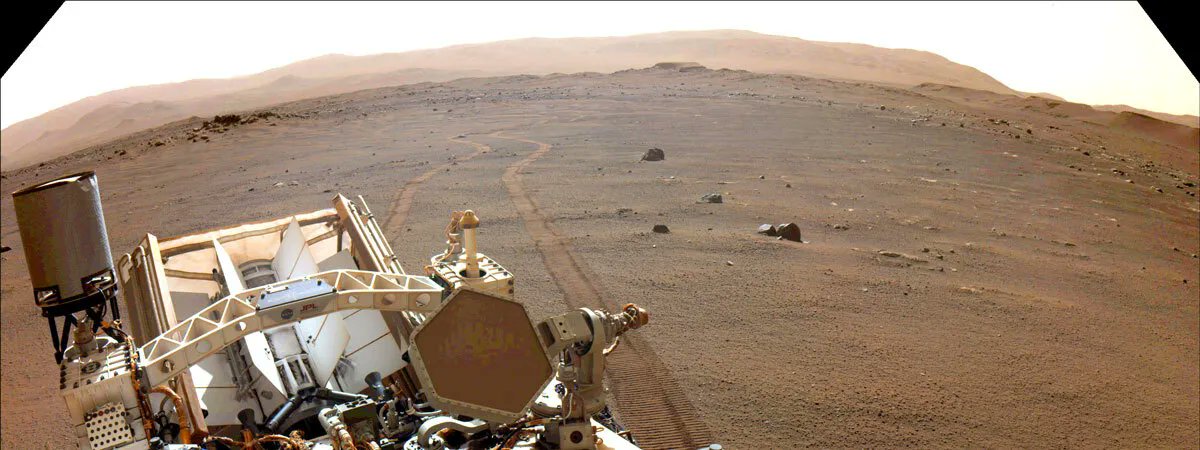Can watching a video give you motion sickness? If so, a commercial launch company called SpinLaunch just released a video that is sure to. The video is from the first camera ever attached to one of the company’s test payloads, and boy is it spectacular, though it might indeed be nausea-inducing in some people.
Continue reading “Spinlaunch Hurled a Test Rocket Into the air. See What it Looked Like From the Payload’s Point of View”LISA has Passed a key Review Phase, it’s Time to Actually Design the Final Mission
Any project manager will tell you that a phased review project system is the way to go. Whether or not you agree with that statement, the process has been widely adopted by space exploration organizations across the globe. They form the basis of many of the best-known projects, and the completion of their phases are events to be celebrated by both the people working on them and the public at large. Now LISA, ESA’s attempt to build a 2.5 million kilometers long interferometer in space, has passed its Feasibility Phase, and is moving on to actually building some prototype technologies.
Continue reading “LISA has Passed a key Review Phase, it’s Time to Actually Design the Final Mission”Did a 5th Giant Planet Mess up the Orbits of Jupiter, Saturn, Uranus and Neptune?
The solar system’s current planetary orbits seem stable, but that’s only because the planets have settled into them over billions of years. The early solar system was a much different place than that seen today, and for almost 20 years, scientists thought they had a good handle on how it got that way. But more recently, data had started pointing to some flaws in that understanding – especially about how the giant planets in the outer solar system got where they are today. Now an international team of astrophysicists thinks they have a better understanding of that process, and they believe it could help solve a long-standing argument about the early solar system.
Continue reading “Did a 5th Giant Planet Mess up the Orbits of Jupiter, Saturn, Uranus and Neptune?”If There are Dyson Spheres Around White Dwarfs, We Should be Able to Detect Them
Searching for Dyson spheres, rings, or swarms remains a preoccupation of many astronomers. If there are any out there, they will eventually be found, and the person or research team to do so will go down in history for making one of the most momentous discoveries in the history of humanity. If you’re interested in claiming that accolade for yourself, an excellent place to look may be around white dwarfs. At least, that’s the theory put forward in a new paper by Benjamin Zuckerman, a now-retired professor of astrophysics at UCLA.
Continue reading “If There are Dyson Spheres Around White Dwarfs, We Should be Able to Detect Them”Neptune’s Temperature is Behaving Strangely
One of the great things about science is that it builds on itself over time. Data collected decades ago is still valid and helps scientists spot trends that would otherwise be lost in the flurry of new data they are trying to collect. And sometimes, that data holds something interesting. Such is the case when a group of scientists took a look at the infrared data of Neptune’s atmosphere and found not one but two weird changes happening.
Continue reading “Neptune’s Temperature is Behaving Strangely”Space Lettuce Could Reduce Astronaut Bone Loss
All kinds of challenges will face the first humans to travel to Mars. One that has been much discussed, with no potential solution yet, is the potential for a significant amount of bone density loss on the three-year mission. Astronauts lose about 1% of their bone density per month in the microgravity of the ISS. That’s not too big of a deal if they are only on the station for six months, but the two 10-month space trips of a mission to the red planet could be a concern. Now a team of researchers think they have a solution – have the astronauts eat more salad.
Continue reading “Space Lettuce Could Reduce Astronaut Bone Loss”There Should be More Evidence of Alien Technology Than Alien Biology Across the Milky Way
The Drake equation is one of the most famous equations in astronomy. It has been endlessly debated since it was first posited in 1961 by Frank Drake, but so far has served as an effective baseline for discussion about how much life might be spread throughout the galaxy. However, all equations can be improved, and a team of astrobiologists and astronomers think they have found a way to do so.
Continue reading “There Should be More Evidence of Alien Technology Than Alien Biology Across the Milky Way”Perseverance’s Software Lets it Move Swiftly Across the Surface of Mars
Mars rovers are not known for being particularly speedy. Spirit and Opportunity managed a max speed of a whopping 5 cm per second, while Curiosity clocked in at a max speed of .1 kph. Over their long mission times, even those speeds opened up many potential areas to explore. But Perseverance is leaving them in the dust as it makes its way up to a river delta where it will begin its next round of sample collection.
Continue reading “Perseverance’s Software Lets it Move Swiftly Across the Surface of Mars”ExoMars is Suspended. ESA is Looking for new Solutions to Replace Russian Components
Coordination between countries in space exploration is widespread. However, sometimes that coordination falls apart. In most cases, that failure is due to budgetary constraints. But in more recent times, it is due to geopolitical ones. Specifically, western space agencies have begun to cut ties with Roscosmos, the Russian space agency, on every program excluding the International Space Station, which is still operating normally. One of those project casualties is the timeline of the oft-delayed Exomars rover, Rosalind Franklin.
Continue reading “ExoMars is Suspended. ESA is Looking for new Solutions to Replace Russian Components”With 21 Flights Under its Belt, Ingenuity is Getting a Mission Extension

Ingenuity, the helicopter currently zipping its way around Mars, has been a hotly watched topic here at UT. After completing its 21st mission and being on the planet for a little over a year, Ingenuity’s handlers have officially extended its mission in the hopes that it will continue its stellar, groundbreaking performances.
Continue reading “With 21 Flights Under its Belt, Ingenuity is Getting a Mission Extension”








